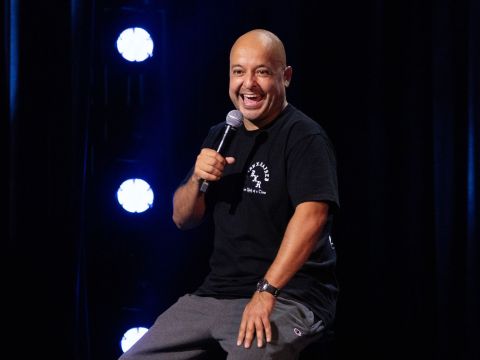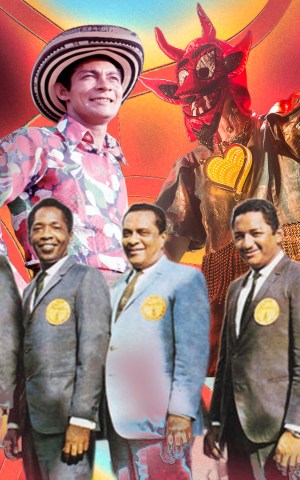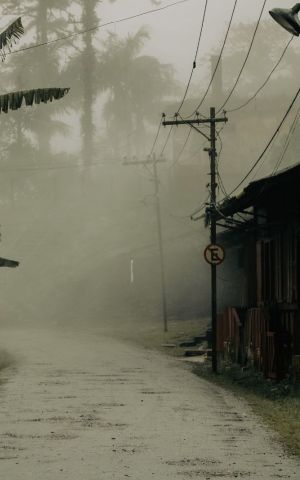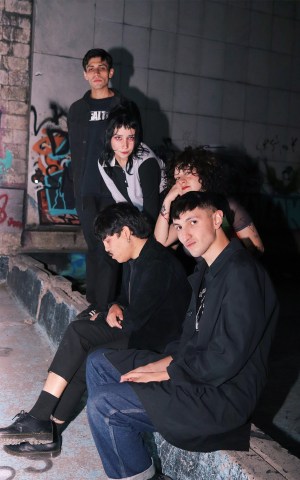Born on Colombia’s Caribbean coast, cumbia has become the sound of Latin America. From the streets of Barranquilla to the historic dance halls of Mexico City, the nightclubs of Buenos Aires to the underground venues of Lima, cumbia lives everywhere. In this guide, we’ll explore how cumbia has taken root in many Latin American countries and how it has united our communities. We’ll also show how it has evolved and adapted to each culture.
At the same time, you’ll discover how to experience this musical genre through travel, while staying at some incredible hotels using the Marriott Bonvoy Boundless® Card. This card is your key to connecting to culture and the authentic cumbia experience. Before and during each trip, you can earn points on every purchase and redeem them for free nights at hotels participating in Marriott Bonvoy in the cities that shape the soundscapes of cumbia. Every song you hear on your trip will sound even sweeter when you unlock free stays. Let’s start our journey by highlighting the birthplace of cumbia.
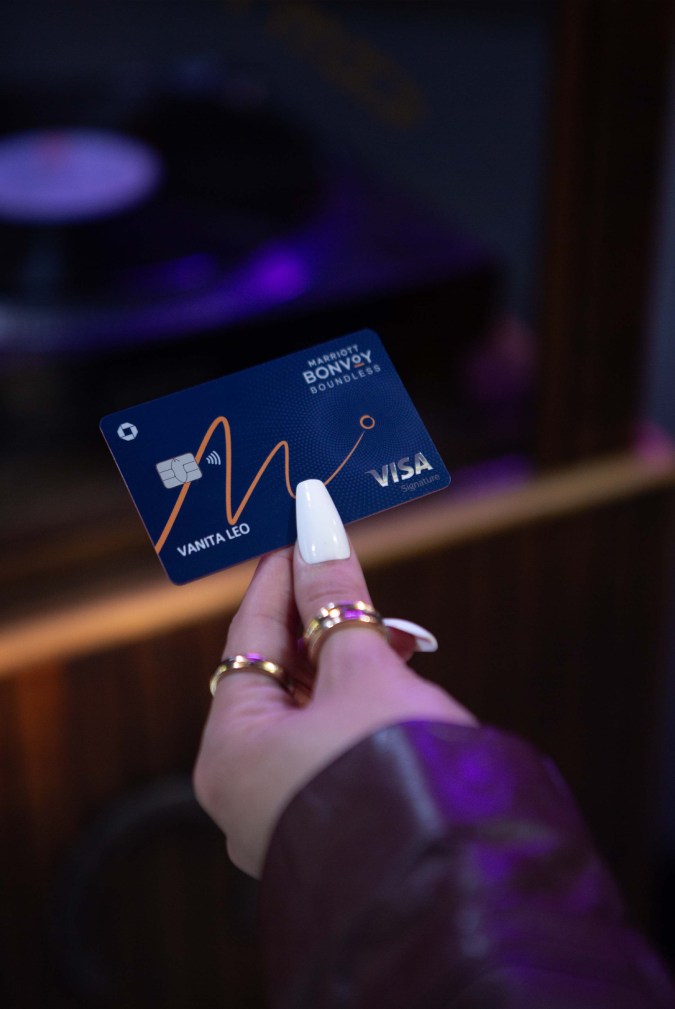
Barranquilla, Colombia
Cumbia originated along the Magdalena River, between Barranquilla and Cartagena, in the late 1700s and 1800s. It began as a courtship dance among Afro-Colombian and Indigenous communities. Here, different communities made unique musical contributions that became the elements of cumbia: Powerful percussion instruments, such as maracas, tambora, and the llamador, were provided by enslaved West Africans, while Indigenous groups contributed emotive gaita flutes and the guacharo; lastly, Spanish and European influences added lyrical structures, accordions, and string instruments. A genre evolved to symbolize Colombia’s struggle for independence and cultural resistance to the Spanish colonial rule, to the point that authorities fought to suppress cumbia’s characteristic drumming sounds in public spaces. Originally, cumbia was one of Colombia’s many typical styles and dances from different regions, like vallenato, porro, champeta, pasillo, and cana. Although these styles have been preserved in their places of origin for centuries, modern cumbia took its current form in the ’90s—rescuing the genre’s signature rhythm with new instrumentation and innovative melodies.
When visiting Barranquilla, we recommend marveling at the architectural wonders at La Plaza de La Paz and sampling classic Colombian cuisine at La Cueva—once a favorite hangout of esteemed author Gabriel García Márquez. You can’t visit Colombia without trying arepas and sancocho! Once the sun sets, head to La Troja. This 50-year-old establishment demonstrates how cumbia has evolved from a regional folk dance to a beloved worldwide genre, featuring performances by legends such as Sexteto Tabalá and Los Gaiteros de San Jacinto. Through Barranquilla’s nightlife, you can experience artists such as Carlos Vives and Bomba Estéreo, whose influence has led cumbia to the international stage.
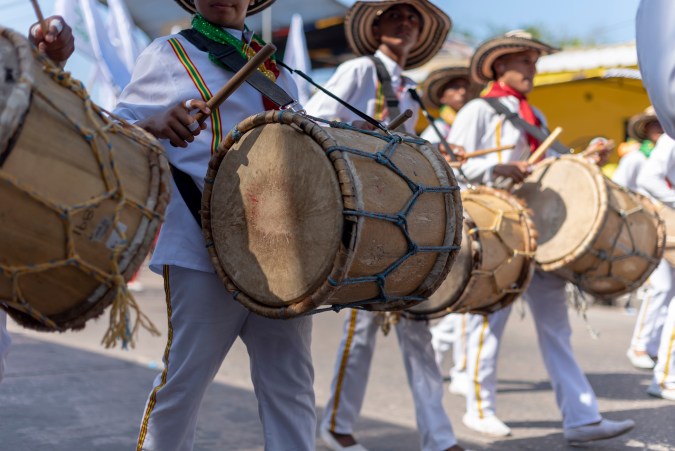
If you want to experience cumbia’s roots and variations, plan to attend Carnaval de Barranquilla—the second-largest carnival celebration in South America. It’s a 4-day, around-the-clock spectacle of vibrant costumes, breathtaking dance moves and authentic cumbia music. When you visit, stay at the Barranquilla Marriott Hotel; it’s the perfect oasis in the heart of the city. Plus, if you have the Marriott Bonvoy Boundless® Card, you’ll receive Priority Late Checkout* with automatic Silver Elite status, which means that after a long day (and night) of dancing and celebrating, you can enjoy sleeping in a little longer the following day before you check out.
Mexico City, Mexico
Let’s travel up north to Mexico City. Here, you’ll hear cumbia everywhere, from bustling street parties to family celebrations, reflecting the genre’s deep integration into Mexican life. Brought from Colombia in the 1940s by Luis Carlos Meyer Castandet, cumbia eventually merged with Cuban-inspired music, resulting in a distinctive sound. In the ‘60s and ‘70s, Mike Laure and Rigo Tovar incorporated rock instruments and humor into the genre, further expanding its popularity.
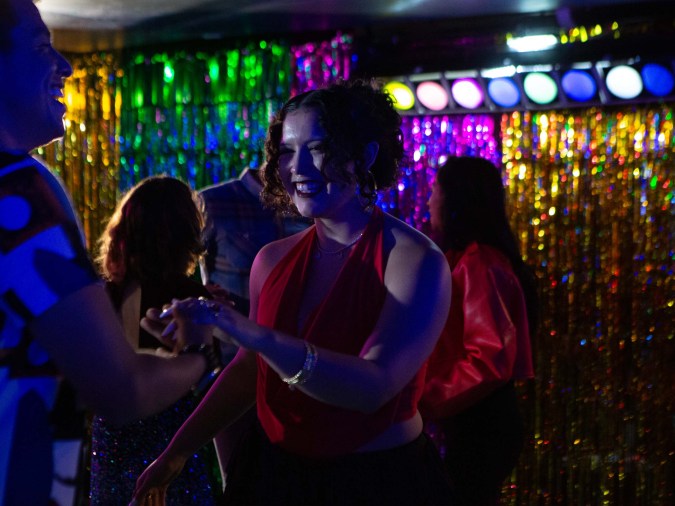
Throughout the decades, Mexico has been a hotbed for new subgenres, including country-inflected cumbia norteño and tecnocumbia—a style created by adding electric instruments like synthesizers and samplers. Cumbia norteña was led by Tucanes de Tijuana and Los Invasores De Nuevo León, while bands like Bronco, Los Bukis, and Los Acosta spearheaded tecnocumbia.
Even today, Mexico City is one of the hottest destinations to experience cumbia, so here’s a tip on how to get there faster: With the Marriott Bonvoy Boundless® Card, you’ll receive a Free Night Award (valued at 35,000 points) every card anniversary that you can redeem at hotels participating in Marriott Bonvoy, like City Centro By Marriott Ciudad De México, in the heart of the city. You’ll be just a short ride from dance halls like Salón Los Ángeles and California Dancing Club—where Los Ángeles Azules, Los Socios del Ritmo, and Los Askis have performed. It’s the perfect hotel to call home when exploring cumbia around Mexico City.
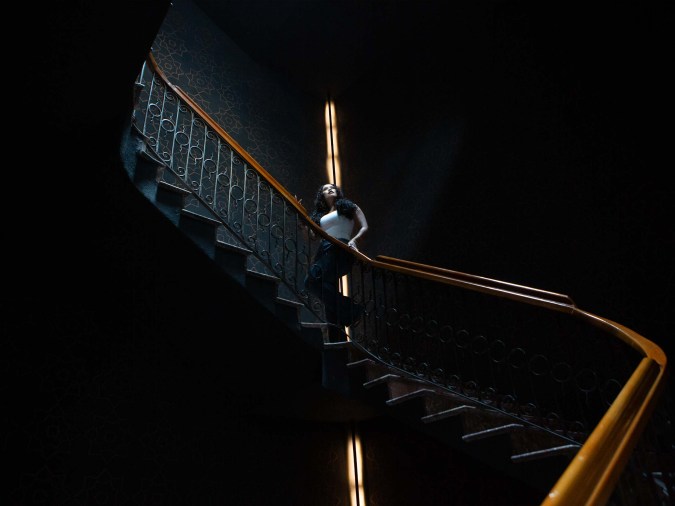
Joining us on this journey to Mexico City is singer-songwriter Vanita Leo, who reconnects with the pulse of cumbia in the city—the place where her story and the genre’s legacy intertwine. Through her perspective, we’re invited to listen more closely, move more freely, and explore how music carries memory through generations and geography.
Lima, Peru
Next stop? Peru. As Andean migrants moved to Lima, they brought their musical traditions, combining cumbia’s rhythms with strummed electric guitars inspired by surf rock and the charango melodies of Huayno music, a traditional Andean style of music and dance. Enrique Delgado and Los Destellos pioneered this sound, and bands like Los Mirlos and Juaneco y Su Combo later added elements from the Amazon, incorporating Indigenous tropical rhythms from the jungle. These artists established cumbia chicha—a psychedelic rock version of the genre named after the traditional corn-based alcohol. The genre’s trippy, otherworldly feel reflected the 1960s hippie era, creating a style of cumbia unique to Peru.
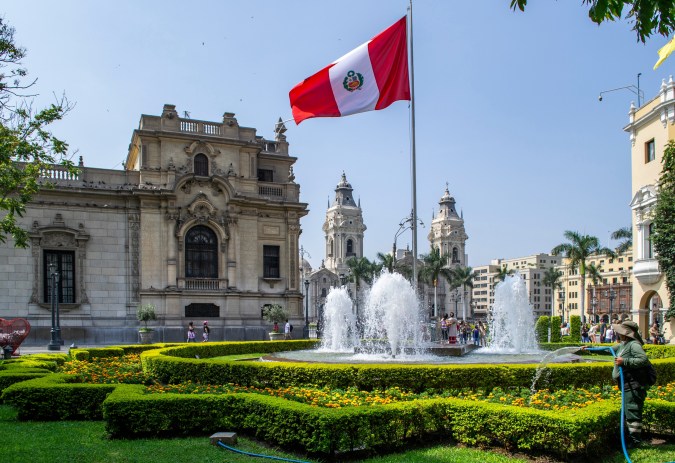
The heart of Lima’s culture and music lies by the ocean, where you can stay at the JW Marriott Hotel Lima and enjoy world-famous ceviche at La Mar Cebichería or El Mercado. When you’re enjoying all of Peru’s iconic dishes, pay using the Marriott Bonvoy Boundless® Card. You’ll earn 3x points on dining purchases, which means eating delicious food is rewarding for your taste buds and future travel plans. After you’ve sampled all the cuisine that Lima offers, you can sweat it all out to Peruvian cumbia on the dance floor of La Candelaria, where you can learn dances from up to 10 different regions of Peru. It’s a fun, immersive experience to connect with the country’s rich traditions.
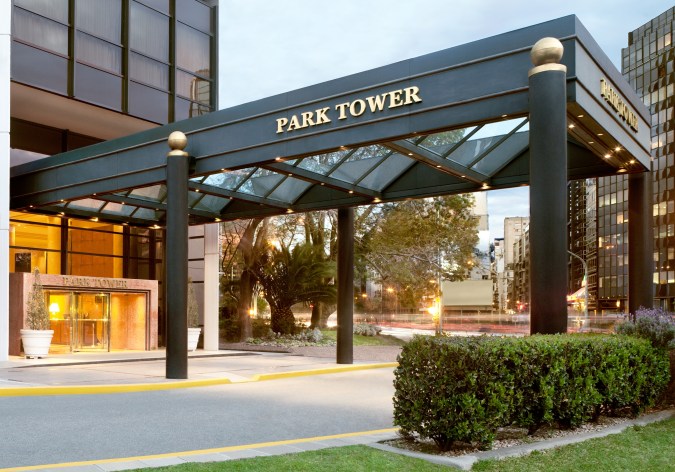
Buenos Aires, Argentina
Heading to the southmost point of South America, you’ll land in Argentina, where Buenos Aires has become a vital hub for modern cumbia. Here, they adopted the genre from Peru and transformed it into cumbia villera, a slow electronic take on cumbia developed in the villas miseria, or working-class neighborhoods, of Buenos Aires. The subgenre’s daring tempo, digital elements, and memorable hooks became an infectious expression for young people that permeated music, fashion, and even Argentina’s football culture. Bands like Damas Gratis and Yerba Brava synthesized barrio attitude with catchy melodies, making it as much a part of the national identity as tango. Although its roots are associated with street life, cumbia villera has remained a celebrated sound in Argentina and continues to gain popularity in surrounding South American countries. Modern reggaeton and pop artists like Nicki Nicole and María Becerra have incorporated cumbia villera into their sound and even collaborated with those pioneers of the ‘90s.
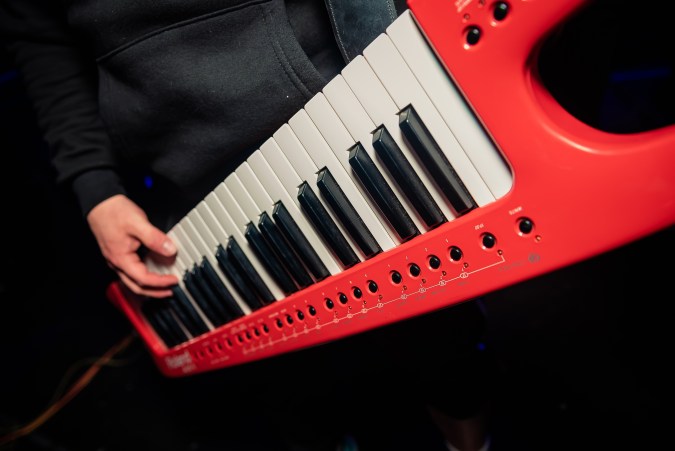
If you want to experience cumbia-fueled nightlife, we recommend booking your Buenos Aires trip and visiting nightclubs like Niceto Club or La ExtraVagante, where you’ll encounter authentic cumbia villera. After you dance the night away, you won’t find a better place to rest your head than Park Tower, A Luxury Collection Hotel in the heart of the Retiro district. It’s just minutes from major attractions like Florida Street, Teatro Colón, and Puerto Madero. You will enjoy the location, elegant design, and luxurious amenities and earn up to 17x total points with the Marriott Bonvoy Boundless® Card. Every stay at hotels participating in Marriott Bonvoy becomes even more rewarding when you know you’re racking up points you can redeem for future stays.
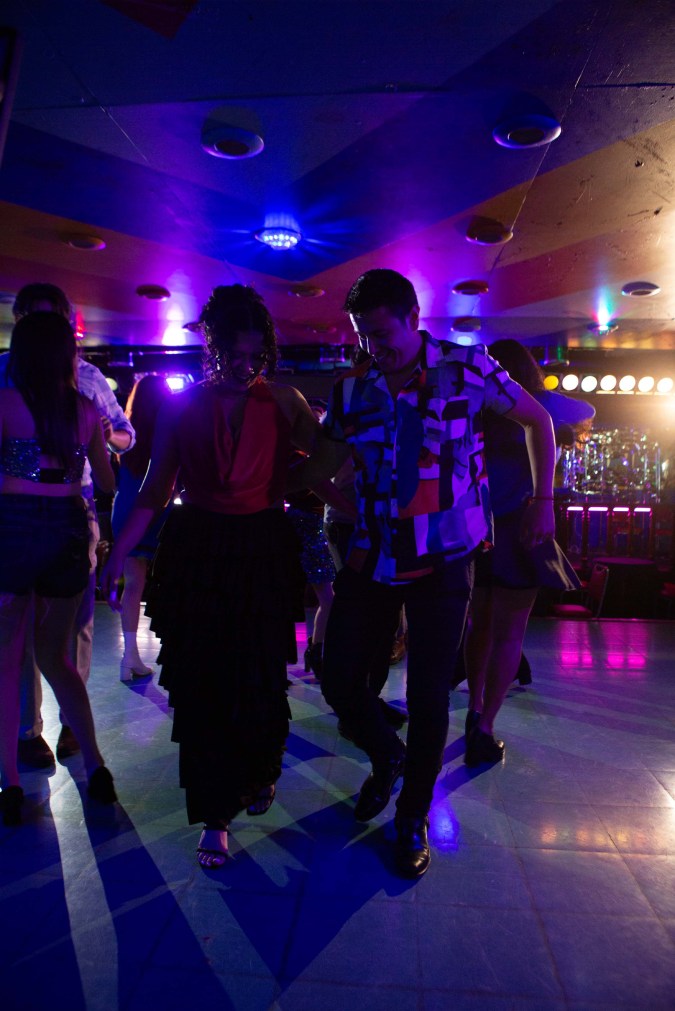
All around Latin America, cumbia remains a vital art form to this day. Mexican pop acts, such as Belinda, and rappers like Santa Fe Klan have collaborated with the legendary Los Ángeles Azules. At the same time, new genres like cumbia funk and nu cumbia have introduced us to artists from all over Latin America, including Nicola Cruz, Nidia Góngora, and Chancha Vía Circuito. Alternative bands like Bomba Estéreo and Systema Solar strike a balance between tradition and fusion with pop and electronic music, while bands like Sonido Gallo Negro, Frente Cumbiero, and Meridian Brothers experiment with established cumbia soundscapes and avant-garde elements.
Traveling to the beat of cumbia is an opportunity to nourish your knowledge of Latin America and the diverse cultures found in each country. With this guide and the Marriott Bonvoy Boundless® Card, you can experience cumbia in all its rhythmic glory.
Additional research by Michaela Vargas Caro.


